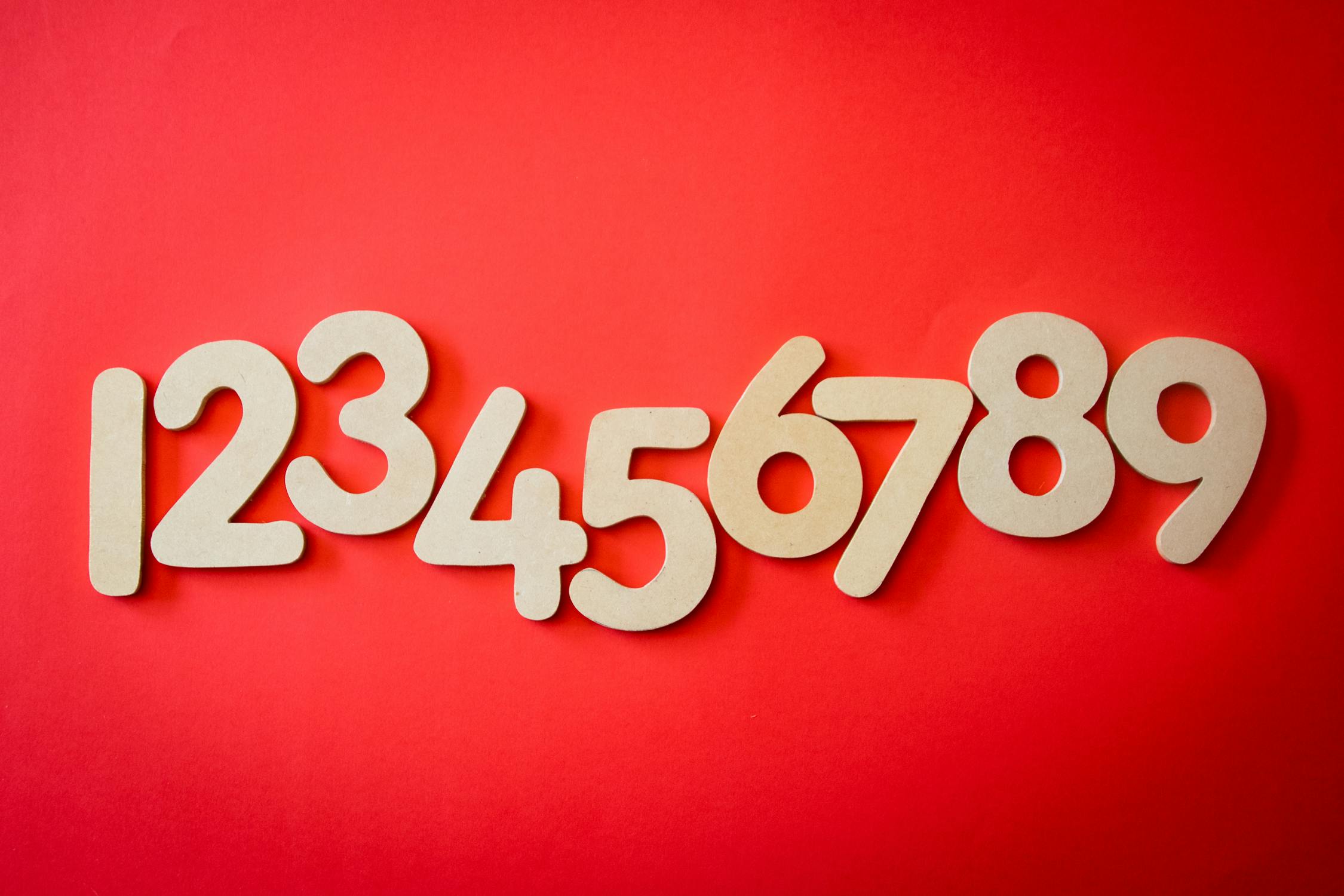Optimizing Your Image Searches with Advanced Filters

When you're looking for pictures online it can be quite a task to find the perfect one among the options available. Advanced filters in image searches come in by letting you narrow down your results based on specific requirements. These filters not help you discover visually appealing images but also ones that suit your needs whether it's for a presentation, website or social media content.
Understanding the Basics and Advanced Features of Image Search Filters
Search engines and image databases offer basic filters such as size, color and type. While these are helpful for searches they may not always give you the most accurate results. Advanced filters offer precision by allowing you to set specific parameters like file type, usage rights, resolution and even keywords related to the image content.
For example Google Images provides advanced search options like filtering, by image size (e.g., large or medium) color (e.g., full color or black and white) type (e.g., photo or clipart) and usage rights (e.g. Creative Commons licenses).
In a vein platforms such as Shutterstock and Adobe Stock provide filters for various aspects like orientation (such as landscape or portrait) the number of people in the image and location tags. These advanced features are particularly crucial in environments where ensuring the relevance and legality of image usage is of utmost importance. For instance when choosing images for purposes it is vital to confirm that they are licensed appropriately to prevent any legal complications.
Tips for Using Advanced Filters
To make the most of advanced filters it's essential to understand how each filter affects your search results. Below is a breakdown of some used filters;
- File Type: Filters based on file types like JPEG, PNG, GIF or BMP can be pivotal when you have format requirements for different uses such as web design or print.
- Resolution: High resolution images are vital, for print media. May not always be needed for web applications. Filtering by resolution can help you discover images that meet your quality standards without unnecessary data bulk.
- Usage Rights: This filter enables you to find images that can be used freely for non commercial purposes assisting in steering clear of copyright concerns.
- Looking for images from a time period? Use the date filter to narrow down your search. In design maintaining specific dimensions is important so the aspect ratio filter comes in handy.
Lets compare Google Images and Shutterstock in terms of their filters;
| Feature | Google Images | Shutterstock |
|---|---|---|
| File Types | JPEG PNG supported | JPEG, PNG TIFF supported |
| Resolution | No specific filter on resolution | Various resolutions available |
| Usage Rights | Creative Commons license offered by Google Images | Licensed content on Shutterstock |
| Date Filter | Filter by recent or custom range available on Google Images; not specific on Shutterstock | |
| Aspect Ratio | No direct filter available on Google Images; Landscape and Portrait options on Shutterstock |
Google Images offers a wide range of filters for general use and free resources under Creative Commons licenses. On the hand Shutterstock caters more to professional design needs with detailed resolution controls and aspect ratio options.
It's essential to understand image licensing when using images. Failure to comply with licensing agreements can lead to consequences, for you or your organization. To minimize this risk always make sure that you are using images in accordance with their designated usage rights.
Platforms like Adobe Stock have information on licensing terms available directly on their site. They classify images into licenses like Standard License and Extended License based on how the image will be used (e.g., personal use or commercial distribution). On the hand free platforms such as Pixabay often utilize Creative Commons licenses that permit free use with certain conditions attached.
If you are uncertain about the licensing requirements or need detailed information regarding legal considerations when using online images it may be beneficial to seek advice from legal professionals or refer to trusted sources like copyright.gov.
Resolving Common Challenges in Image Searches
Even with highly advanced search tools there can still be difficulties in finding the ideal image. Common issues include keyword selection leading to irrelevant results or a limited availability of high quality images within a specific niche. Addressing these challenges often involves adjusting your search approach;
- Refine Keywords: Use keywords to minimize irrelevant results. Adding terms related to the subject matter or style can enhance accuracy.
- Apply Multiple Filters: Utilizing filters such, as resolution and color can assist in narrowing down options significantly while ensuring relevance.
- Exploring Options: If you're not finding what you need with regular search engines consider checking out specialized platforms like Unsplash or Pexels that focus on providing top notch stock images for creative projects.
The Role of Image Search Technology; AI and More
Tools powered by AI can analyze the components of an image, such as objects and scenery more accurately than relying solely on traditional keyword based methods. This not improves the accuracy of search results but also allows for reverse image searches where users can upload an image instead of using keywords—a feature already in use on platforms like TinEye (tineye.com) and Google Lens (lens.google.com).
An emerging trend involves utilizing AI driven algorithms to evaluate aspects like composition balance or color harmony. This is valuable not for creative individuals but also for marketers interested in analyzing consumer engagement metrics through visual appeal.
Utilizing filters, in image searches can significantly boost the efficiency and accuracy with which users discover relevant visual content online.
